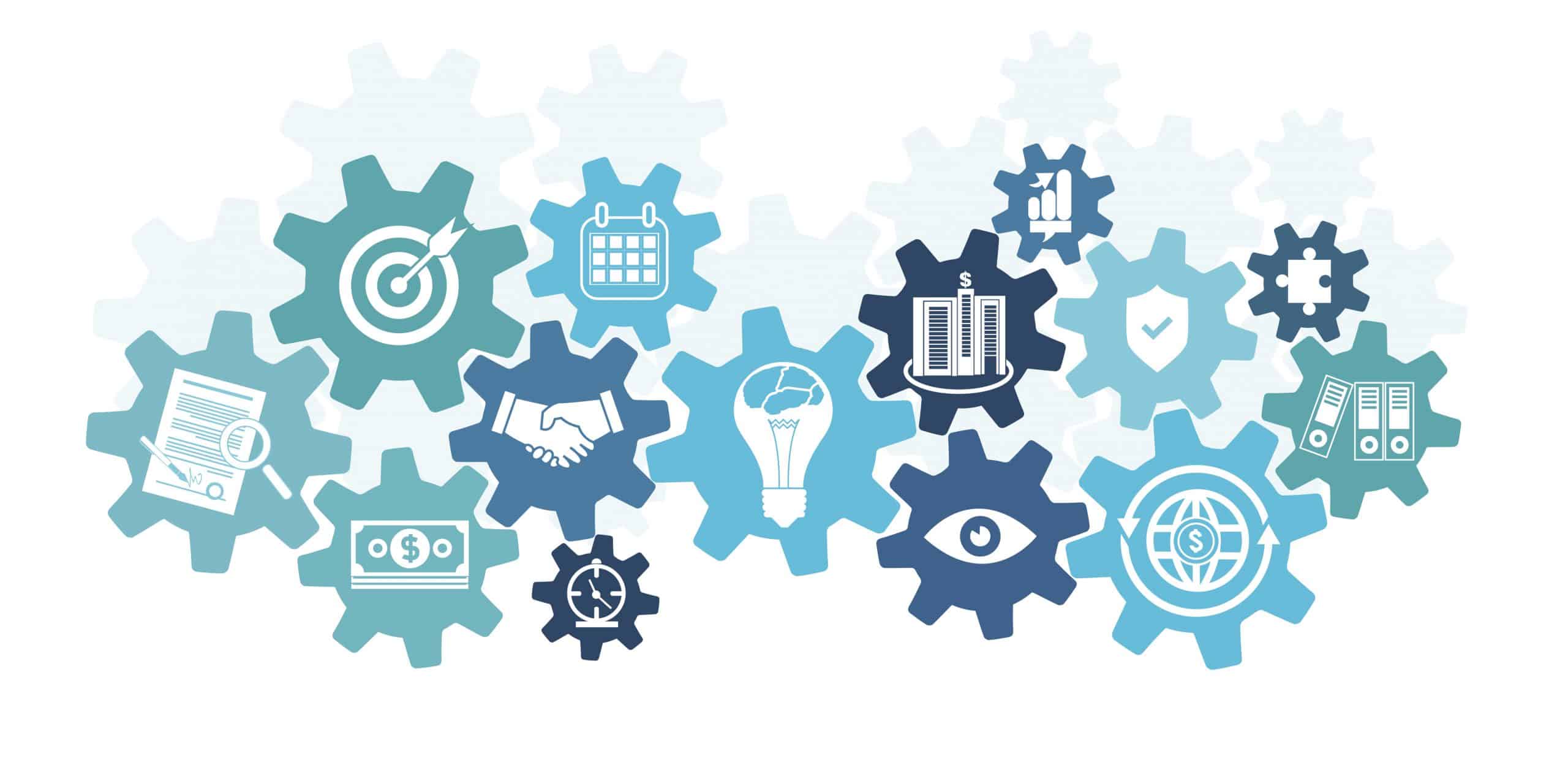Research is an exciting part of innovation. You’re trying to discover new things or invent new technology. In the latter case, you can say eureka when you have a working prototype to prove your concept. That is the research side of research and development. Then there’s the development side of R&D, moving from initial prototype to end product.
Cost Reduction

The initial prototype is often precious because it required a lot of time and money to create. However, replicating it may be expensive, too. The development process may involve using different materials, off the shelf fasteners and OTS components to create a unit that costs a fraction of the original’s cost. And that’s essential if you’re going to sell it on the consumer market. Reducing the production cost also improves your profit margin, even if the item remains expensive.
Manufacturability
Manufacturability refers to how easy it is to mass-produce the part. Design changes to accommodate the manufacturing process could include changes to allow it to be assembled by robots or quickly assembled by low-skill workers. For example, the design may shift from relying on wiring to soldered components on a printed circuit board. It may also involve design changes that let you use commonly available consumable materials like adhesives and solders.
Maintainability
Maintainability refers to how easily the product can be maintained. This may not matter in the case of disposable items. It matters when you’re dealing with items intended to be used for an extended period of time. For example, no one wants to buy a reusable item that is difficult to clean but must be washed periodically. In the case of electronics, if it is difficult to update the firmware or software, customers may ditch it in favor of items with automatic and painless updates.
Suppose you want the item returned to your stores or tech support department for repairs. Making the item easy to disassemble and repair improves the speed at which your technicians can work. And they’re less likely to damage the item while trying to repair it. That adds to the cost and liability that comes with product support.
Identity
Branding is increasingly important in a crowded marketplace. Your prototype may or may not carry the company’s brand, but the end product should. The question is how you’ll incorporate this in the end product. Will you stamp the company name alongside the serial number? Will you make certain components in your brand’s color scheme? Or will you simply apply a label or decal to the item indicating who made it?
Sustainability

Sustainable is a coveted label, but you want to truly implement it into the design rather than rely on offsets or green-washing. You could make the product more sustainable by making it from recycled materials or making it recyclable. It may include the use of natural over man-made materials. You might design it to use less power as it operates or requires less energy and water during the manufacturing process. Don’t forget to use a minimum of material in the packaging and, where possible, use packaging that’s recyclable.
Usability
While many products ship with a user manual, the goal is to have a user interface so intuitive that it isn’t necessary. For items used repeatedly, ergonomics may affect the design. How easily can someone hold it for an hour? Is it difficult for those with limited grip strength to turn a knob? Are the displays easily read and understood?













Leave a Reply